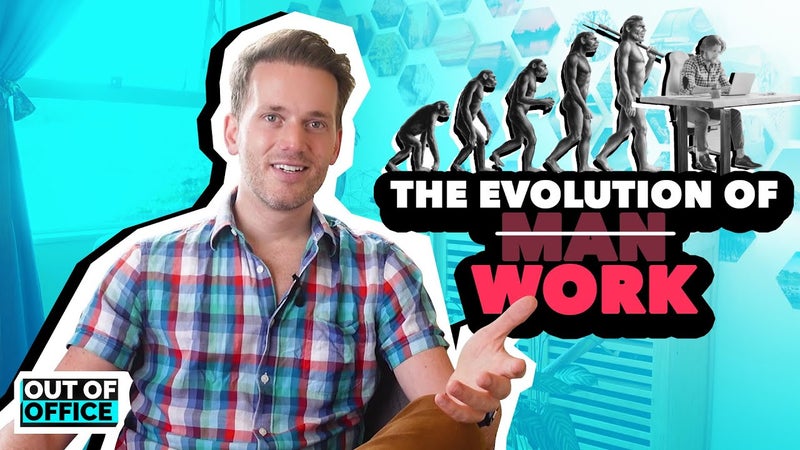Contents
- Hey! Welcome Back -
- The New Yorker: Hunter Gathers Do It Better
- AppleTogether: We Will Be Heard
- Anthropology 101: How Do People Like to Work?
- #1: One Thing at a Time
- #2: Ease Up on Always-On
- #3: Structuring Productive Time
- This Week’s Shareable
There's a desert tribe that enjoys 50% more leisure time than you get every week.
🔥 The New Yorker: Hunter gathers teach us about modern workplaces
🙏 AppleTogether: Employees urge Apple to keep remote work
Hey! Welcome Back -
This week I read a brilliant story.
It connected the dots from an untouched tribe in Southern Africa, to a resistance group at one of the world’s most profitable companies.
The story reframed some of my strongest perspectives on the future of work, so I had to share it with you here.
Let’s rage on -
The New Yorker: Hunter Gathers Do It Better
So, the story from the New Yorker was a journey, but one I’m happy I made.
It was by a famous writer and associate professor of computer science at Georgetown Uni, called Cal Newport.
You can read it here.
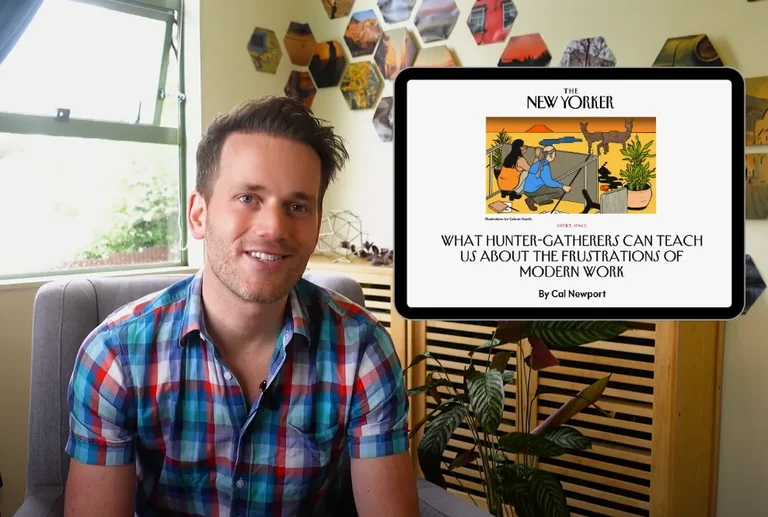
It begins in the Northwest Kalahari Desert, with a tribe called the Ju/’hoansi. They’re one of the last hunter-gatherer communities in the world.
The Ju/’hoansi were the subject of one of the most famous anthropological studies in history, led by a Canadian man called Richard Lee in the 60’s.
The tribe lived in an area described as “a marginal environment for human habitation.”
🏜️ The area had a lot of droughts and not many resources.
So, everyone has always assumed that without agriculture, the life of a hunter-gatherer is a struggle for survival – especially in the Kalahari Desert.
But that isn’t what Lee found.
Instead, he discovered that adults were only spending 20 hours a week finding food – and their diet had more than enough calories for a comfy life.
This defied everyone’s expectations.
⌛ How could it be that a tribe with no access to easy food sources was somehow able to live a life with more leisure time than I had?
A place with no:
- Farming or fishing
- Markets to trade in
- Modern conveniences
In a desert, they were swimming in leisure time.
Here’s where it gets interesting.
AppleTogether: We Will Be Heard
At this point in the article Newport shifts gears to apply the analogy to modern times.
Earlier this year, Apple CEO Tim Cook faced a tough labor issue of a different kind.
After announcing his return to office plans, employees thought differently, and formed a protest group called ‘AppleTogether’.
📧 The message? Their vision of the future of work was growing too far apart from Apple’s executive team.
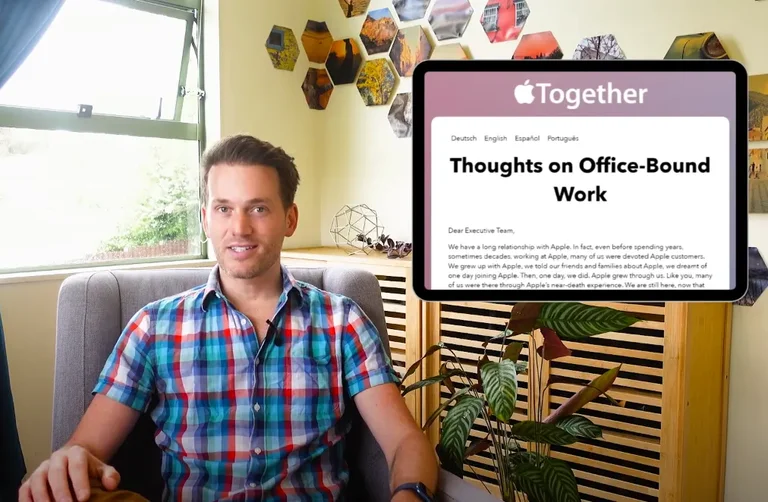
😟 They spoke about:
- Time lost to commuting
- The difficulty of achieving ‘deep thought’ in open offices full of distraction
- And being treated like children
Newport writes that the group said –
“Stop treating us like school kids who need to be told when to be where and what homework to do.”
Over 3000+ employees signed the open letter hoping to preserve their beloved WFH.
You can read the full letter here.
Remember how people mistakenly judged the Ju/’hoansi tribe’s way of life?
The same principle applies.
Because of the frenzied way we used to work, everyone believed that it was somehow fundamental to having a professional job in the 21st century.
Knowledge workers were plagued by:
- Meeting overload
- Email overflow
- Never-ending to-do lists
They were already exhausted before the pandemic stuck.
The coronavirus just called that assumption into question.
Newport sums it up perfectly in the article -
“If an activity as entrenched as coming to an office every day could be overturned essentially overnight, what other aspects of our professional lives could be reimagined?”
The battle for remote work is a proxy for deeper unrest among employees. We need new ideas about how to reshape work – and anthropology could have the answers.
Anthropology 101: How Do People Like to Work?
According to Lee, a deep history of the human relationship to work can be reconstructed. We can identify specific points where modern office life differs from work we’ve done in our past.
🔀 Pressure points form where modern jobs diverge the most from our hunter-gatherers, the Ju/’hoansi.
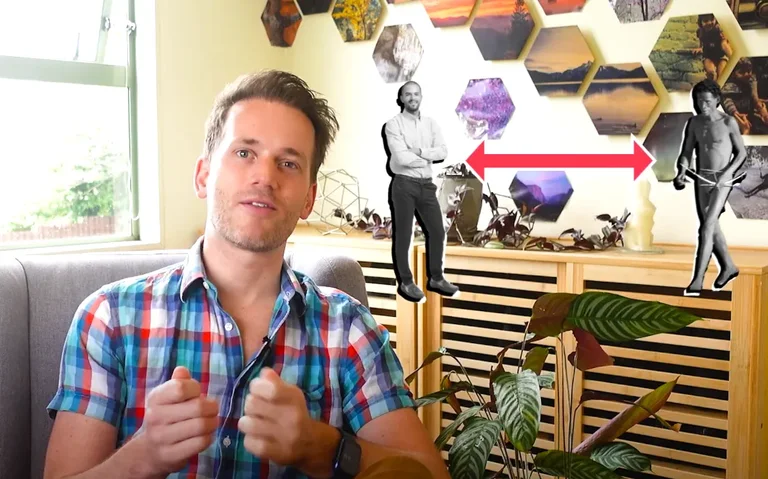
Remote work by itself isn’t enough.
It alleviates some symptoms, but it’s the tip of the iceberg.
Some of the biggest problems in modern work can be solved with a couple of simple adjustments to the way we work. This isn’t about making workers happier - it removes the blockers that prevent people from doing their best work every single day.
True productivity is a win-win for everyone.
So here are three solutions workplaces can implement to find a happy balance.
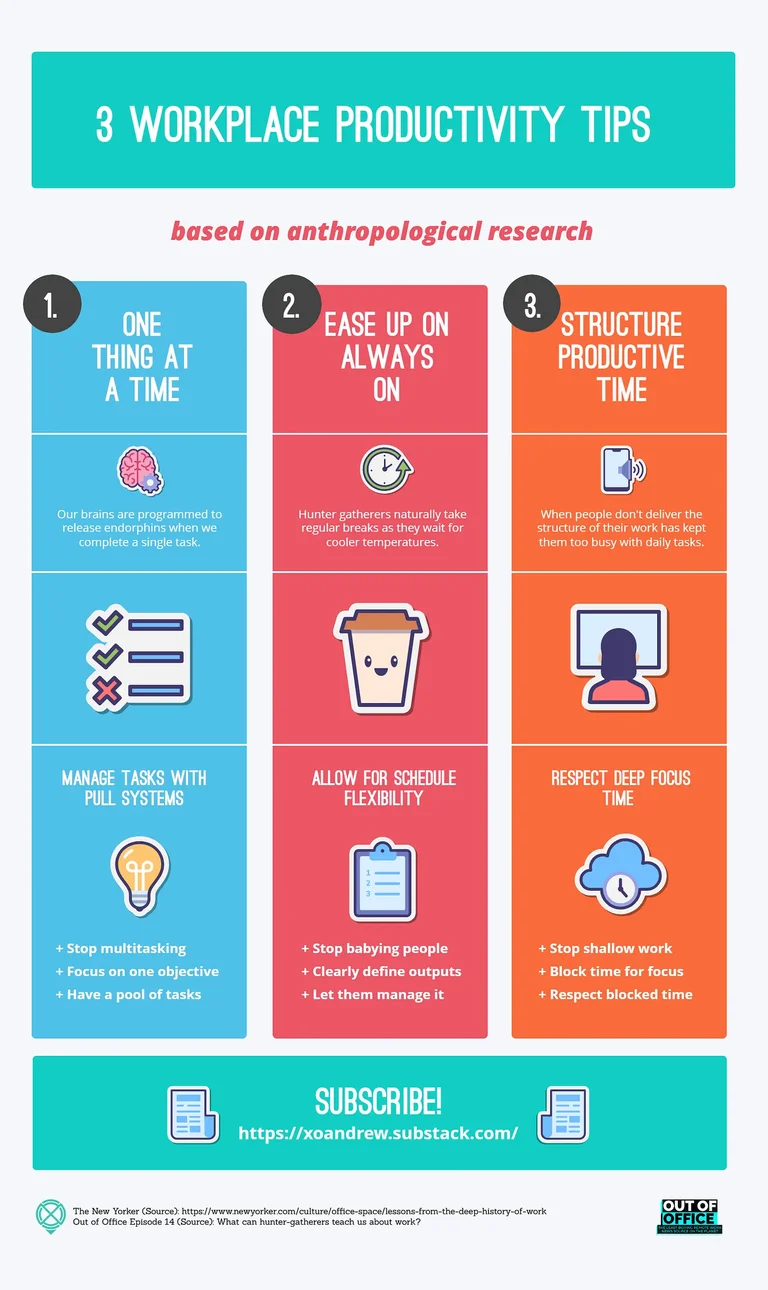
Maybe hunter-gatherers were onto something? Share if you agree.
#1: One Thing at a Time
Throughout history people have worked on singular tasks. It’s why our brains are programmed to release endorphins when we complete one.
How does that compare with modern work?
Teams of people work towards dozens of parallel objectives. Every email or Zoom call is a tiny step to advance a large project that takes months, even years, to complete.
It can feel like wading through Jell-O.
🔎 Manage Tasks with Pull Systems
Stop multitasking and focus on one major objective at a time, until you reach a stopping point. Then pull another task from a centrally prioritized collection.
This breaks the work into smaller units:
- a defined input and output
- a single brief and stopping point
The approach works well for a huge variety of tasks. The rhythm of singular focus and sequential task completion, appeals to our ancient brains.
It’s astonishing how effective this is at motivating high productivity in teams.
#2: Ease Up on Always-On
We’ve learned to work for 8 consecutive hours in a row.
By contrast, the workday of hunter gatherers has natural break points, while they wait for cooler temperatures, or an animal to show up.
This fuels the false assumption that someone who works longer hours is better than someone who doesn’t – when the reverse is often true.
📅 Allow for Schedule Flexibility
Stop infantilizing people and clearly define the outputs they need to produce. Then let them define the best way to schedule their week to achieve them.
I have colleagues who work best when they take a break every hour, and others who thrive in 15-hour bursts of inspired hyperfocus.
Everyone is different.
The rigidity of the 9-5 workday fails to get the best out of most people.
When this is the standard, no-one can do their job asynchronously. It’s impossible to measure the productivity of a knowledge worker without clocking their hours.
That hasn’t been true now for over a decade.
It’s time companies realize that this misconception is holding them back from getting the best out of their people.
#3: Structuring Productive Time
I once had a colleague who pinned a ‘rainy day’ list to her wall. She had big dreams of completing chunky projects for the company that would add real value.
But inevitably, daily priorities got in the way. When she resigned, she hadn’t ticked anything off that rainy-day list!
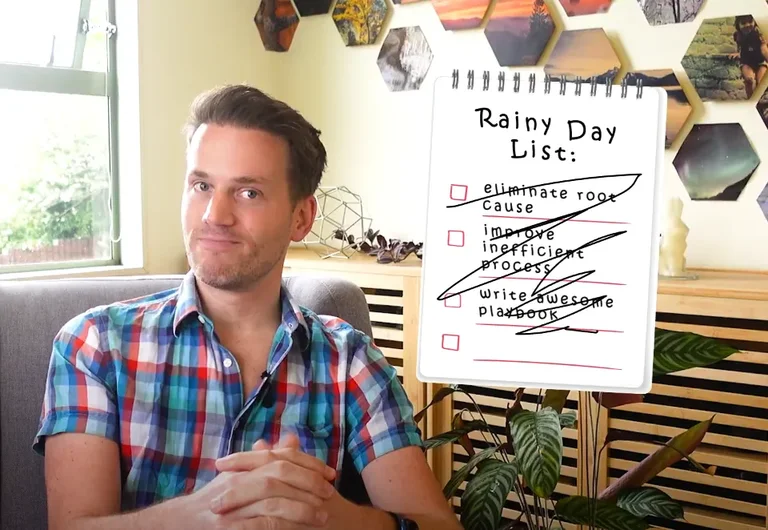
When people don’t deliver on big projects, it doesn’t mean they don’t have the skill or the will. It means the structure of their work saddles them with daily priorities.
- Putting out fires
- Writing endless project updates
- Meetings
Leaving no time to ideate or innovate.
⏰ Respect Deep Focus Time
Company-wide respect for deep focus time is an easy fix. Workers block themselves off to dedicate uninterrupted focus to an important task.
This is incredibly powerful, but it only works if everyone knows not to expect immediate responses to chats.
When there are rock-solid playbooks and written updates - then people can unblock their work without needing to bug someone else for real-time answers.
So, there you have it.
Three practical solutions that anyone can apply to thrive in a difficult environment – whether it’s the Kalahari desert or a modern office job.
That’s all for now and remember – the future of work is Out of Office.
Andrew
This Week’s Shareable
- Need to boost team productivity? Here are three solutions based on fascinating anthropological research - @CalNewport for The New Yorker. Hear more about it in this week’s Out of Office: The hunter-gatherer episode.


